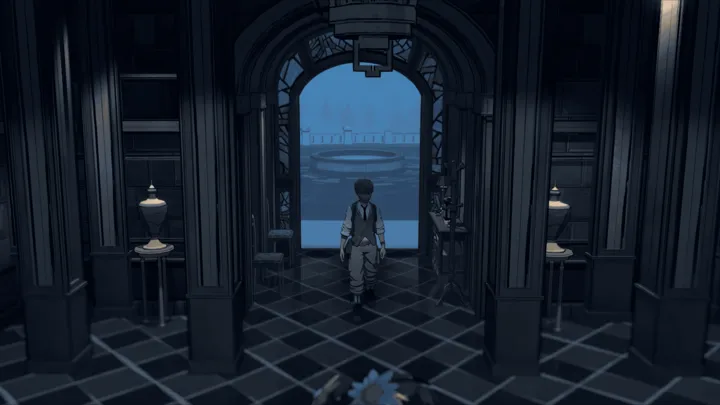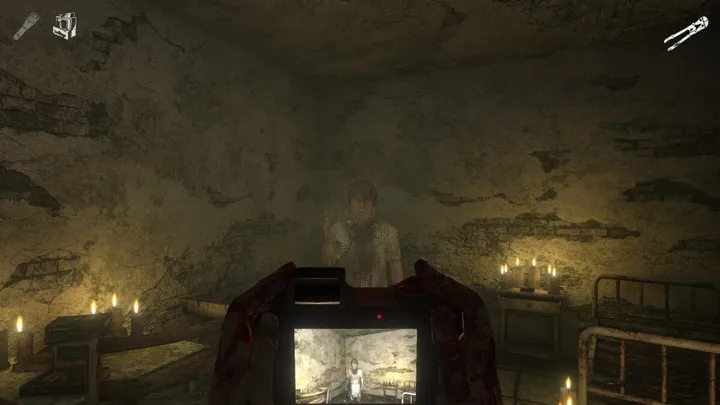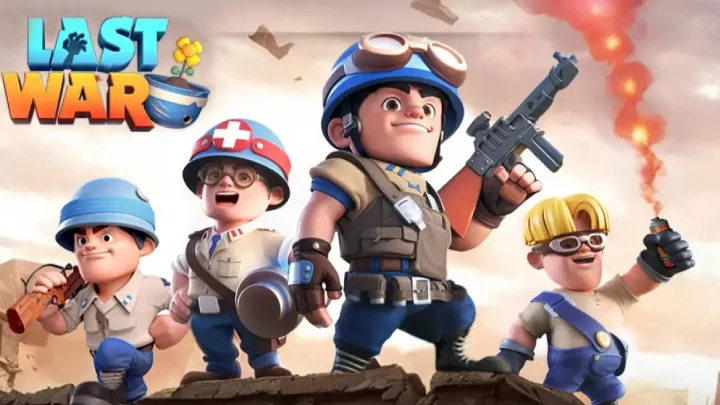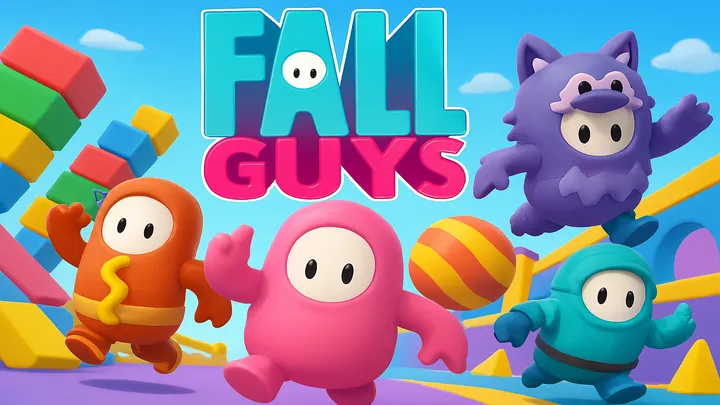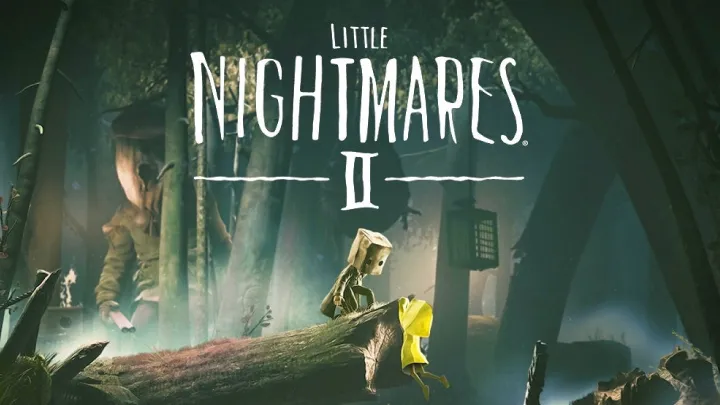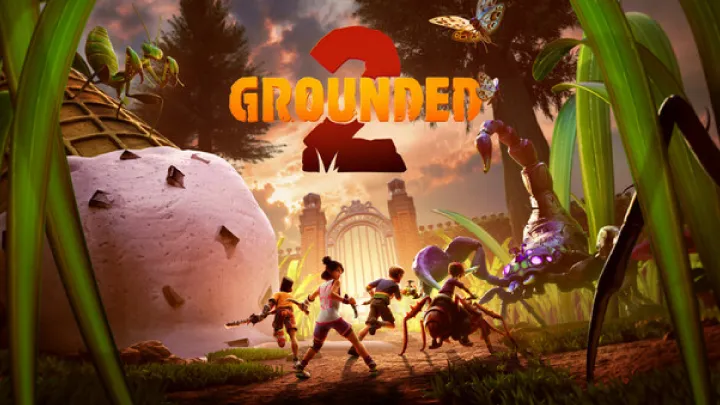Introduction
World-building games hold a special place in the gaming landscape. Unlike fast-paced shooters or linear adventures, these titles invite players to shape entire worlds from the ground up. They offer tools, freedom, and a canvas limited only by imagination. For some, that means constructing sprawling medieval cities; for others, it’s about colonizing planets, building roller coasters, or even creating life itself.
The appeal lies in creativity and agency. Players aren’t just consumers of content—they’re active creators. Every building, rule, or community reflects a personal vision. This process of crafting something meaningful, whether small or vast, gives these games a timeless quality.
In this article, we’ll explore ten world-building games that truly spark creativity. These titles demonstrate the incredible variety of ways players can experiment, design, and innovate. From LEGO-inspired block worlds to simulations of entire civilizations, these games prove that creativity has no limits.
1. LEGO Worlds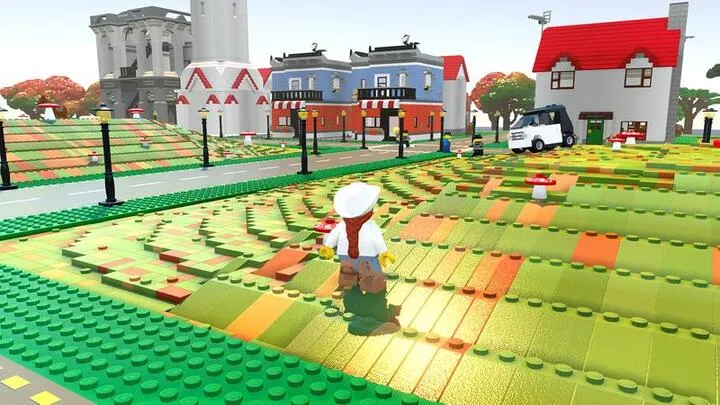
Few franchises embody creativity as strongly as LEGO. LEGO Worlds takes that concept digital, allowing players to construct with virtual bricks in a procedurally generated universe. The result is a sandbox game that combines exploration, building, and imagination in ways only LEGO can.
Why It Sparks Creativity
- Infinite Bricks: Just like in real life, the possibilities are endless.
- Procedural Worlds: Each world generates differently, inspiring unique creations.
- Tools & Vehicles: Players aren’t limited to static builds—they can design vehicles, landscapes, and even characters.
Creative Highlights
- Terrain Editing: Sculpt mountains, carve caves, or flatten land for towns.
- Custom Models: Build unique structures brick by brick.
- Adventure Elements: Quests and discoveries add narrative to the creative process.
What Makes It Unforgettable
LEGO Worlds captures the essence of childhood imagination. It’s not just about building castles or spaceships—it’s about creating a world where everything feels possible, and sharing that world with others.
2. Eco
Eco takes world-building into a different direction: sustainability. In this multiplayer-focused simulation, players must build a civilization while preventing ecological collapse. It’s a unique twist that makes creativity not just fun, but meaningful.
Why It Sparks Creativity
- Balance of Progress & Nature: Expanding too quickly can harm the ecosystem.
- Collaborative Building: Entire communities work together to shape their world.
- Realistic Systems: From pollution to wildlife, every choice affects the environment.
Creative Highlights
- Laws & Economy: Players can create rules and trade systems that define society.
- Architecture with Purpose: Building designs must consider long-term survival.
- Global Goals: The community must stop an impending meteor disaster—through cooperation.
What Makes It Unforgettable
Unlike other building games, Eco teaches responsibility. It’s not enough to build; players must think about sustainability and the collective good. The tension between creativity and environmental stewardship makes Eco stand out as both a game and a lesson.
3. Trove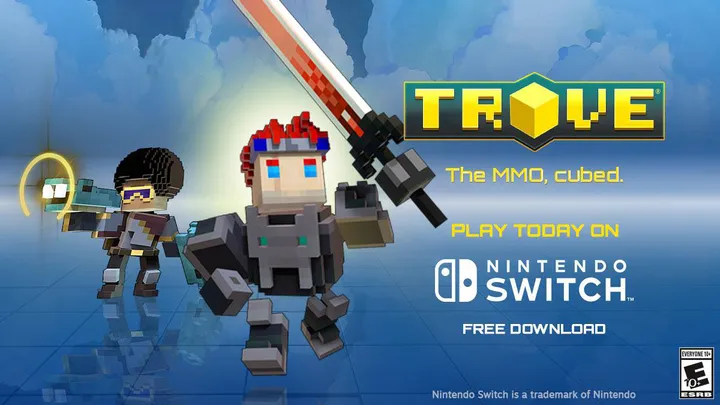
Trove combines voxel-based building (similar to Minecraft) with MMO elements, creating a unique blend of creativity and adventure. Players not only explore procedurally generated worlds but also design their own dungeons, houses, and even entire realms.
Why It Sparks Creativity
- Player-Created Content: Much of the game’s worlds and dungeons come from players themselves.
- Class & Combat System: Creativity isn’t limited to building—it extends into playstyles.
- Shared Universe: Millions of players contribute to a collective, ever-changing world.
Creative Highlights
- Cornerstones: Portable bases that players can customize and bring anywhere.
- Club Worlds: Guild-based realms where players collaborate to build massive projects.
- Modding Support: Players can design costumes, mounts, and more.
What Makes It Unforgettable
Trove thrives because it transforms creativity into community content. Every dungeon you enter might be something another player designed, blurring the line between developer and player. It’s proof that world-building shines brightest when shared.
4. Anno 1800
Part of the long-running Anno series, Anno 1800 invites players to build vast industrial cities during the dawn of the Industrial Revolution. It combines intricate economic management with breathtaking visuals, giving players a canvas to design not only functional cities but thriving societies.
Why It Sparks Creativity
- City Design: Roads, districts, and industries must be placed strategically.
- Trade & Diplomacy: Creativity isn’t just visual—it’s about designing economic networks.
- Technological Progress: Each era unlocks new tools that expand creative potential.
Creative Highlights
- Urban Aesthetics: Beyond efficiency, players shape cities that feel alive.
- Expeditions: Exploration allows for new resources and creative problem-solving.
- Multiplayer Options: Compete or cooperate with friends to see whose city shines.
What Makes It Unforgettable
Anno 1800 proves that creativity thrives within constraints. Limited resources and space force players to innovate, balancing beauty with function. The satisfaction comes not only from designing cities but from watching them grow into living, breathing metropolises.
5. RimWorld
RimWorld is a sci-fi colony simulator where players manage a group of survivors stranded on a distant planet. At first glance, it’s about survival—but dig deeper, and it becomes one of the most creative world-building experiences ever made.
Why It Sparks Creativity
- Storytelling Engine: Every colonist has traits, moods, and relationships that shape the narrative.
- Endless Modding: The community has created thousands of mods, expanding creativity far beyond the base game.
- Open-Ended Goals: Players define what success looks like—survival, expansion, or something stranger.
Creative Highlights
- Base Design: Create underground bunkers, sprawling fortresses, or minimalist camps.
- Event Chains: Disasters, raids, and psychological breaks force adaptive creativity.
- Moral Choices: Players decide how far to go—whether to thrive ethically or resort to darker paths.
What Makes It Unforgettable
RimWorld is often described as a story generator. Creativity here isn’t just about buildings—it’s about people, drama, and emergent tales that players will remember for years.
Conclusion
World-building games are more than just entertainment—they’re platforms for imagination. From the blocky universes of LEGO Worlds and Trove to the sweeping galaxies of No Man’s Sky and Spore, these titles invite players to dream, create, and share.
Each game highlights a different aspect of creativity. Some focus on design freedom (Foundation, SimCity), while others emphasize collaboration and sustainability (Eco, RimWorld). Games like Valheim and Anno 1800 blend history and mythology with open-ended creation, while Spore and No Man’s Sky push boundaries into the infinite.What unites them all is the idea that players are creators. In these virtual spaces, you’re not just playing—you’re shaping entire worlds, leaving behind stories, structures, and legacies that are uniquely yours. That’s why world-building games remain some of the most inspiring and replayable experiences in gaming.








